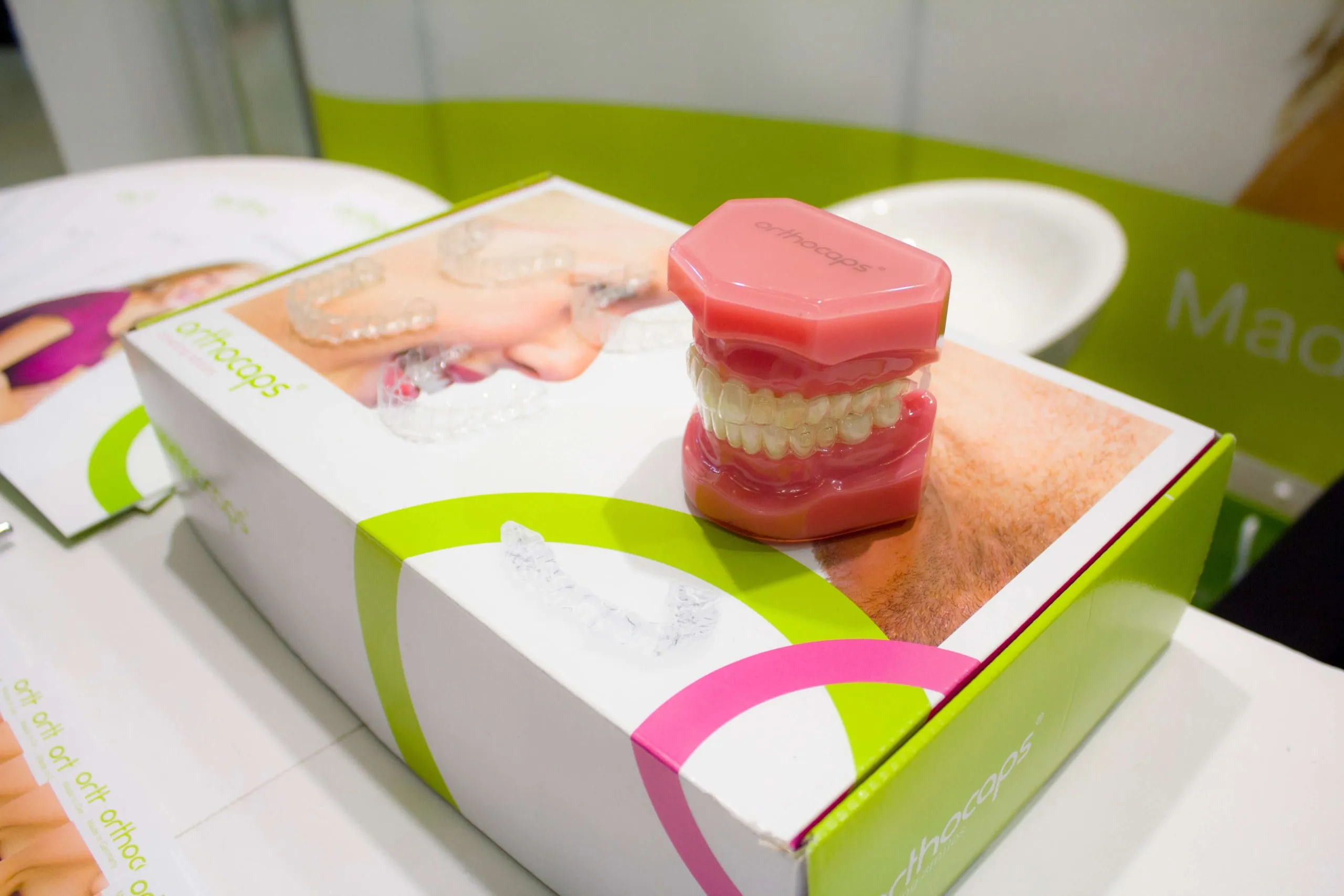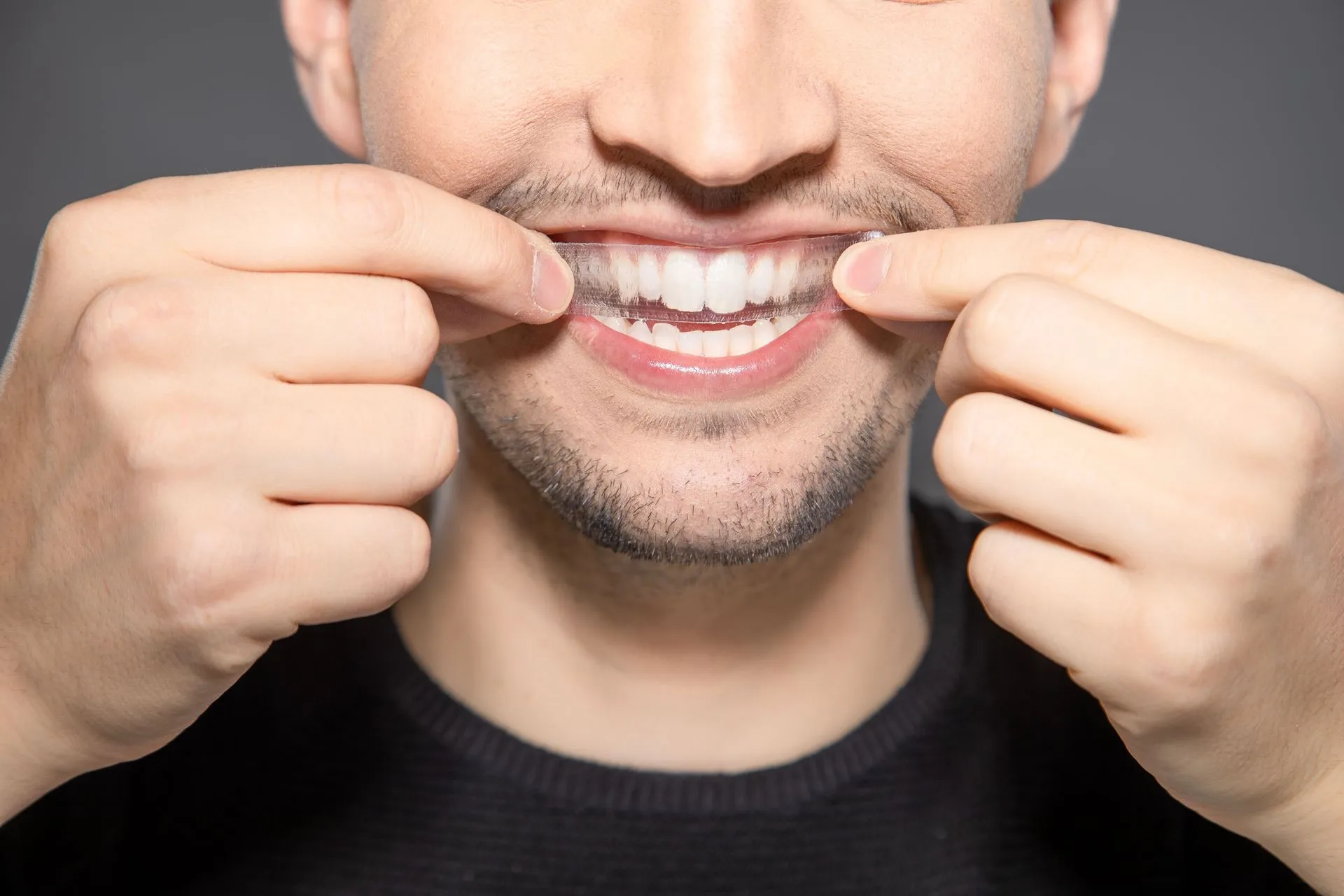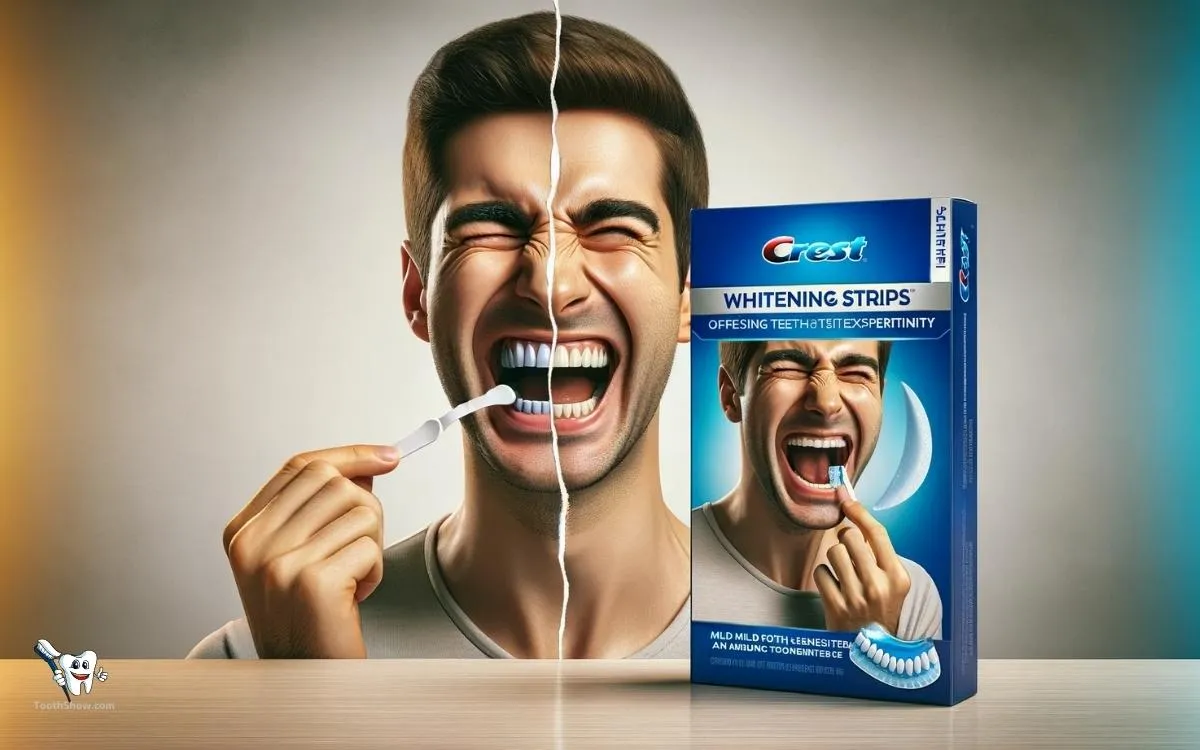Understanding Tooth Sensitivity from Whitening Strips
Experiencing tooth sensitivity after using whitening strips is a common issue, but it can be uncomfortable. Understanding the underlying causes is the first step in finding relief. This sensitivity often manifests as a sharp, shooting pain or a dull ache, usually triggered by cold or hot temperatures, or sweet or acidic foods. It’s important to remember that while this sensitivity can be bothersome, it’s usually temporary and manageable.
What Causes Teeth Sensitivity
Several factors contribute to teeth sensitivity after whitening strips. The active ingredients in these strips, typically hydrogen peroxide, can cause temporary changes in your teeth structure. These changes can make your teeth more vulnerable to external stimuli. Knowing the exact cause is important for effective solution.
The Role of Hydrogen Peroxide

Hydrogen peroxide is the primary whitening agent in most strips. It works by penetrating the enamel and breaking down stain molecules. However, this process can also irritate the tooth’s nerves, leading to sensitivity. The concentration of hydrogen peroxide in the strips plays a significant role, with higher concentrations potentially causing more sensitivity. Using strips with lower peroxide levels or shorter application times can often reduce sensitivity.
How Whitening Strips Affect Enamel
Enamel, the hard outer layer of your teeth, protects the sensitive inner layers. Whitening strips can temporarily make the enamel more porous, allowing the bleaching agents to penetrate more easily. This porosity also makes the teeth more susceptible to external stimuli, which is experienced as sensitivity. Usually, the enamel will re-mineralize after a short period, returning to its normal state. However, during this period, your teeth are more vulnerable.
Top 5 Solutions for Sensitive Teeth
Fortunately, there are several effective strategies to manage and alleviate tooth sensitivity caused by whitening strips. Here are five solutions you can try at home to reduce discomfort and continue your whitening journey, or at least to alleviate pain until it subsides. Combining some of these methods can provide the best results.
Solution 1 Use Sensitivity Toothpaste

One of the simplest and most effective solutions is to use toothpaste designed for sensitive teeth. These toothpastes contain ingredients that help block the pathways to the nerves in your teeth, reducing sensitivity. Using sensitivity toothpaste can provide relief within a few days to a couple of weeks. For best results, use the toothpaste twice daily, and brush gently.
How Sensitivity Toothpaste Works
Sensitivity toothpastes typically contain ingredients like potassium nitrate or stannous fluoride. Potassium nitrate helps block the transmission of pain signals to the brain. Stannous fluoride helps to block the tubules in the teeth, reducing sensitivity. These ingredients work together to provide a protective barrier, lessening the impact of external stimuli on your teeth. By reducing the signal to the brain, they effectively reduce the pain.
Choosing the Right Sensitivity Toothpaste
When selecting a sensitivity toothpaste, look for products that specifically mention sensitivity relief. Brands like Sensodyne, Pronamel, and Colgate Sensitive Pro-Relief are good options. Read the product labels carefully to ensure that the toothpaste contains either potassium nitrate or stannous fluoride. Start using the toothpaste a couple of weeks before you plan to use whitening strips, and continue using it during and after the whitening treatment.
Solution 2 Take a Break from Whitening Strips

Sometimes, the best solution is to give your teeth a break. If you experience significant sensitivity, stopping the use of whitening strips for a while allows your teeth to recover. Taking a break can help your enamel to re-mineralize and reduce the irritation to your tooth nerves. This simple approach can often provide significant relief.
Why a Break is Important
When you stop using whitening strips, you’re giving your teeth a chance to heal. The enamel can rebuild its protective layer, and the sensitivity should decrease. This also gives your gums and the soft tissues a chance to recover from any irritation. A break allows the mouth to get back to its normal pH level, and a lot of the discomfort goes away.
How Long Should You Wait
The duration of the break depends on the severity of your sensitivity. If the discomfort is mild, a few days might be enough. If the sensitivity is more intense, you might need to stop using the strips for one to two weeks, or until the sensitivity subsides completely. Before restarting, consider switching to a lower concentration of hydrogen peroxide or reducing the application time.
Solution 3 Rinse with Fluoride

Fluoride rinses can strengthen your enamel and help reduce sensitivity. Fluoride helps to remineralize the enamel, making it more resistant to the effects of the whitening strips. They also create a protective layer on your teeth, helping to block the pathways to the nerves.
Benefits of Fluoride Rinses
Fluoride rinses offer several benefits for sensitive teeth. They strengthen tooth enamel, making them less susceptible to pain. Fluoride also helps to fill in tiny pores in the enamel, reducing sensitivity. Using a fluoride rinse can provide a noticeable reduction in tooth pain, helping you to manage the discomfort associated with whitening strips.
How to Use Fluoride Rinses Correctly
Use a fluoride rinse daily, preferably at a different time from brushing. After brushing your teeth, rinse with the fluoride solution for about 60 seconds, then spit it out. Avoid eating or drinking for about 30 minutes after using the rinse to allow the fluoride to fully absorb into your teeth. It is an easy addition to your routine, and it can provide a great amount of relief.
Solution 4 Modify Your Application Technique

How you apply the whitening strips can significantly impact the level of sensitivity you experience. Proper application techniques can minimize contact with your gums and reduce the amount of hydrogen peroxide that penetrates the enamel. Being mindful of these techniques can make a difference.
Precise Application Techniques
Before applying the strips, make sure your teeth are clean and dry. Avoid brushing immediately before using the strips. Place the strips carefully, ensuring they cover the front surfaces of your teeth. Avoid folding the strips over the back of your teeth, as this can increase the risk of sensitivity. Ensure that you apply the strip in the position that is correct for your teeth, without any pressure.
Avoiding Gum Contact
Gums are more sensitive than your teeth, and contact with hydrogen peroxide can cause irritation. When applying the strips, make sure they do not touch your gums. Trim the strips if necessary to avoid contact. If the strips do touch your gums, gently wipe away any excess hydrogen peroxide. Make sure to take the correct position for your teeth and gums to avoid future problems.
Solution 5 Consult Your Dentist

If your sensitivity is severe or persistent, it’s best to consult your dentist. They can assess the cause of your pain and recommend the best course of action. A dentist can offer professional advice and treatments tailored to your specific needs.
When to Seek Professional Advice
You should seek professional help if your pain is extreme, lasts for more than a few days, or is accompanied by other symptoms. Your dentist can check for underlying dental issues, provide more advanced treatments, and offer advice on how to continue whitening safely. The dentist might suggest a professional fluoride treatment or other solutions that will alleviate the pain.
Other Potential Causes of Tooth Pain
While whitening strips are a common cause of tooth sensitivity, other dental issues can also cause similar pain. If your teeth hurt, it’s important to rule out these possibilities. Understanding these alternative causes can help you get the right treatment and manage your oral health effectively.
Underlying Dental Issues
Tooth pain can be caused by several underlying dental problems. These may include cavities, gum disease, or even a sinus infection. These issues can make your teeth more sensitive to the effects of whitening strips. A thorough dental examination can help identify these problems and ensure you receive proper care.
Cracked Teeth
Cracked teeth are another potential cause of sensitivity, as cracks can expose the nerves to external stimuli. These cracks can be small, making them difficult to detect without a professional examination. If you have cracked teeth, the whitening strips might aggravate the condition, causing more pain. Your dentist can diagnose a cracked tooth and recommend the appropriate treatment, such as fillings or crowns.
Conclusion
Tooth sensitivity from whitening strips is common, but with the right approach, you can manage the discomfort and achieve a brighter smile. By understanding the causes of sensitivity and implementing the solutions outlined above, you can continue your teeth whitening journey with greater comfort. If the pain persists, seek professional dental advice to ensure your oral health. Prioritizing your dental health is crucial for a beautiful smile, and the above steps can help you achieve it!
